The animals belonging to class Crustacea shows both direct and indirect development. In the direct development, the egg hatches into young one resembling adult in general structure. Progressive growth and differentiation transforms the young ones into adult.
Whereas indirect development includes larval stages which later become adults. These larval stages are different from the adult in form and structure. The larval stages achieve adulthood through the process of metamorphosis. The following is the detailed explanation of each of the larval forms of crustaceans.
Nauplius larva
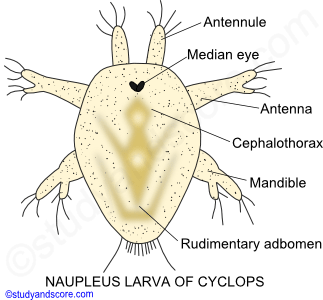
Metanauplius larva
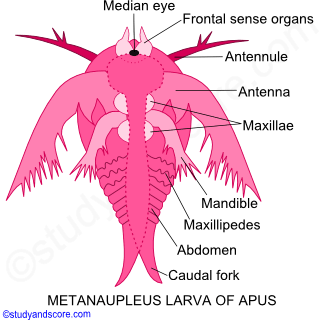
Cypris larva
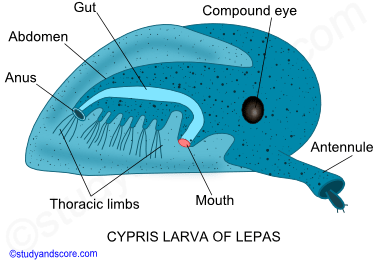
Protozoaea larva
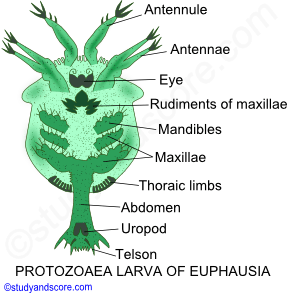
Zoaea larva
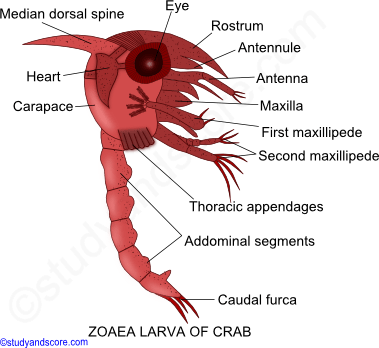
Mysis larva
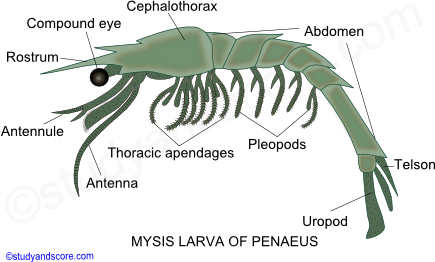
Megalopa larva
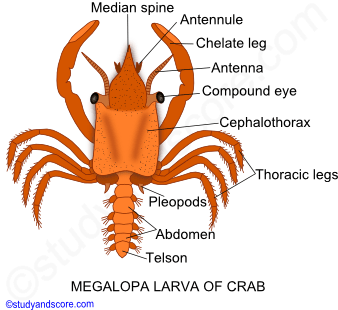
Phyllosoma larva
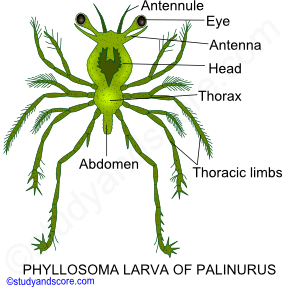
Alima larva
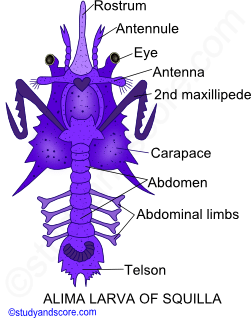
According the biogenetic law proposed by Haeckel, ontogeny recapitulates phylogeny. This in other words means that, the successive stages of individual development correspond with successive ancestors in the line of evolutionary descent. Nauplius larva occurs in the development of all the crustaceans and so it was considered as the ancestral form of crustaceans. The old idea of recapitulations stands greatly modified now-a-days and the crustacean larval forms are now regarded to be the larval reversions of simpler crustacean ancestors.
The larval forms are useful for finding out homologies and the affinities among various groups. The animals which pass through similar stages are closely related. Larvae are helpful in wide range distribution of species and also in keeping the food reserves of eggs to a minimum.

- Share with your friends! -
Login to post your comment here...
- or with social Account -